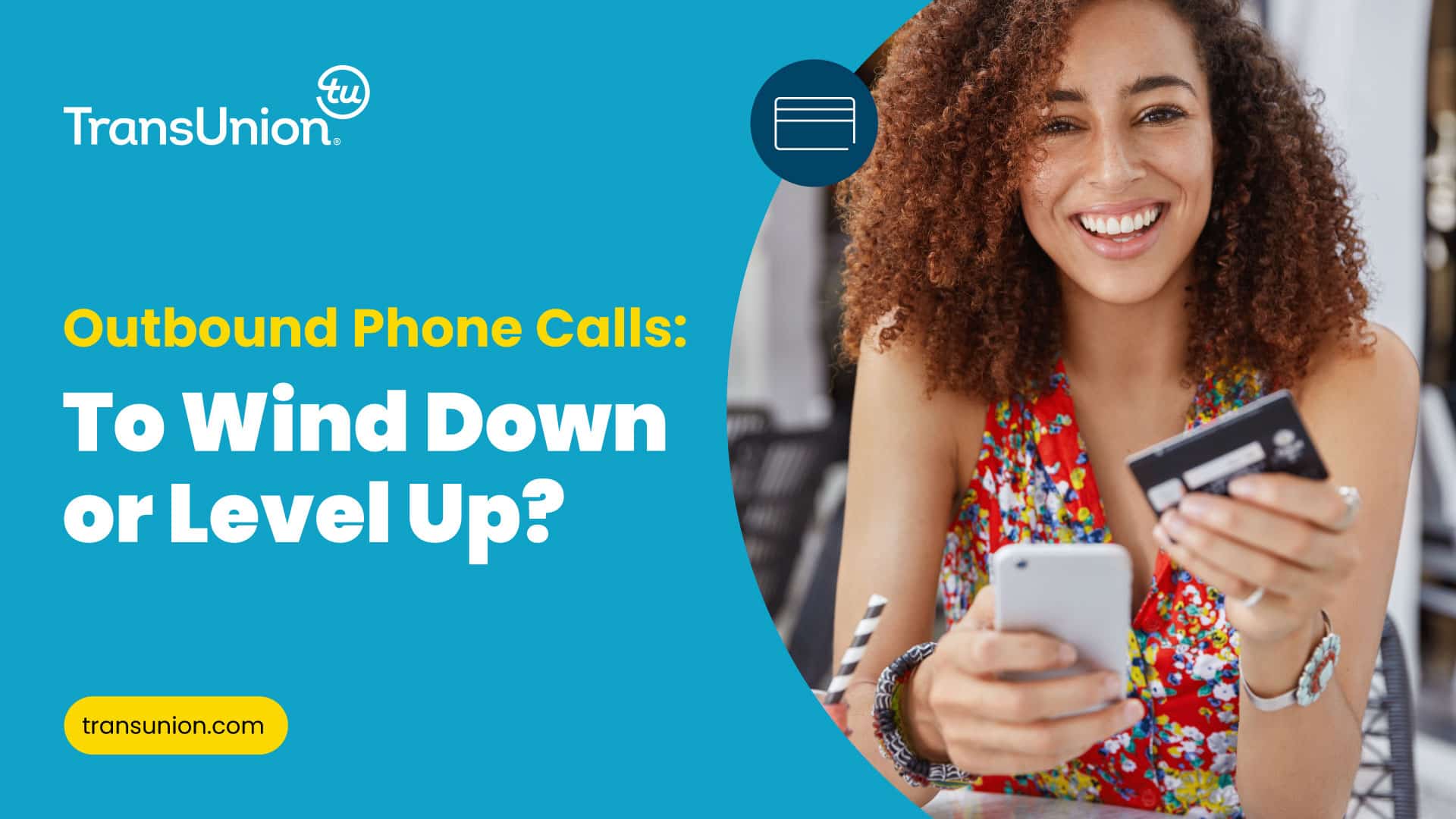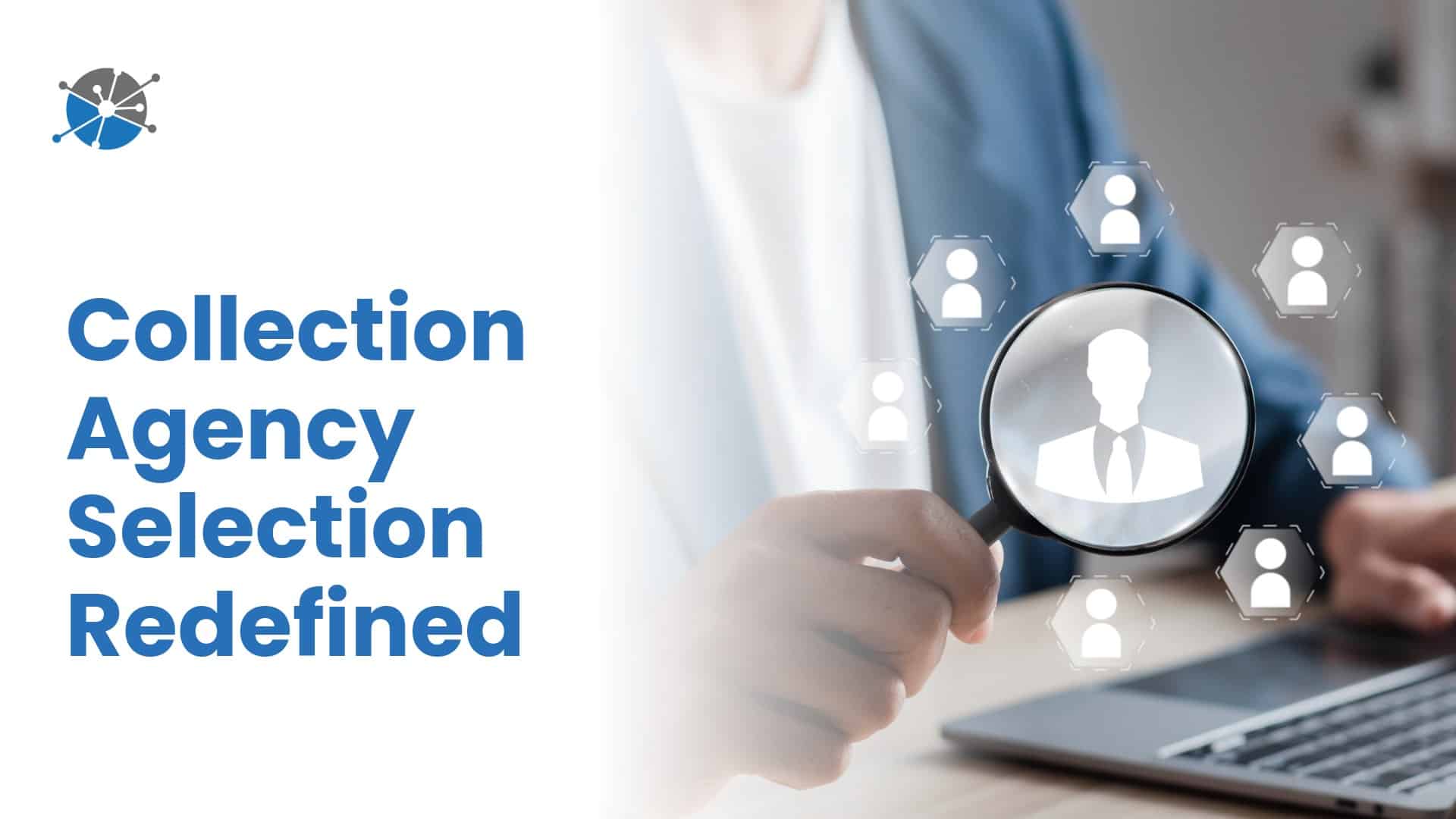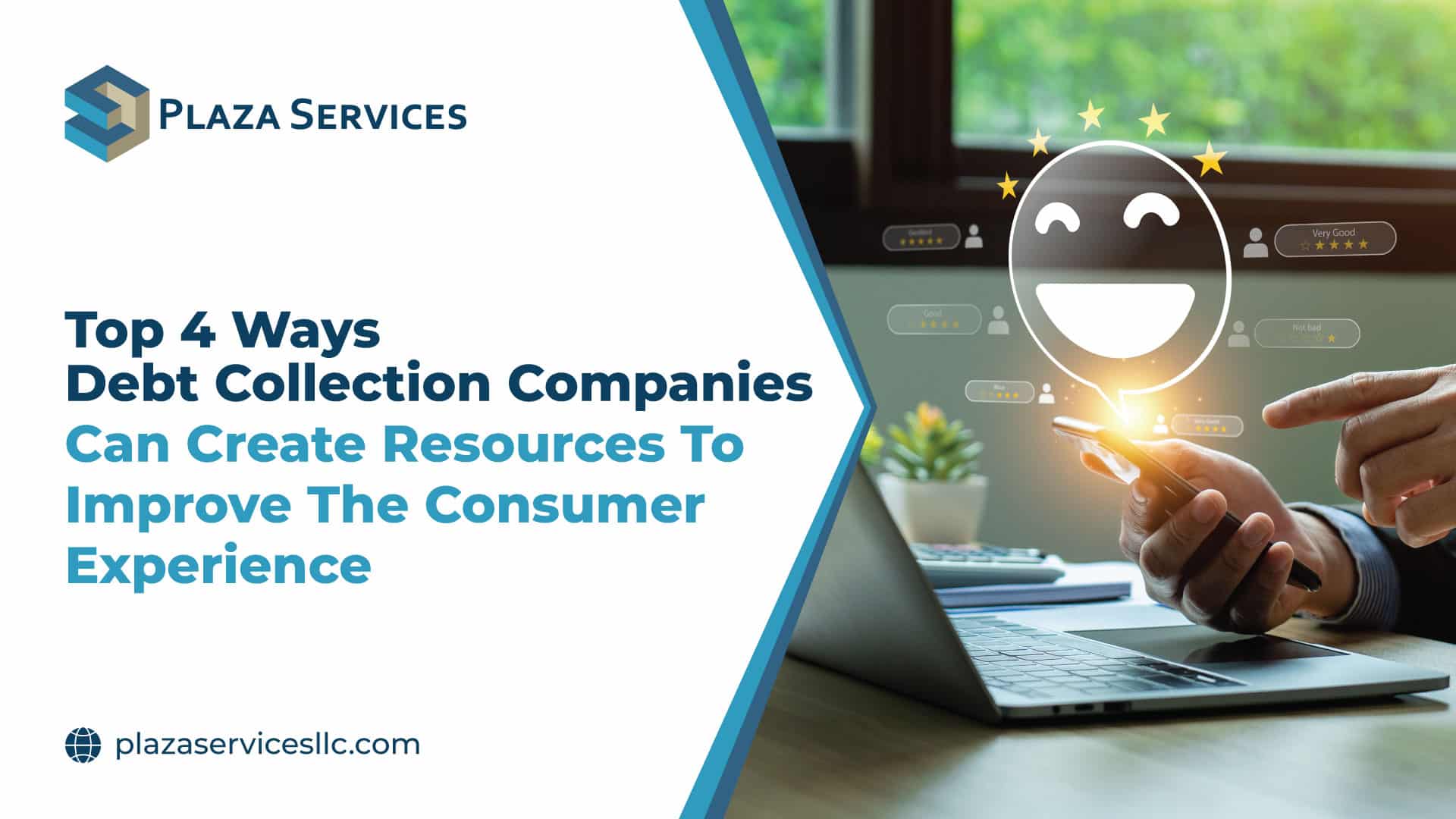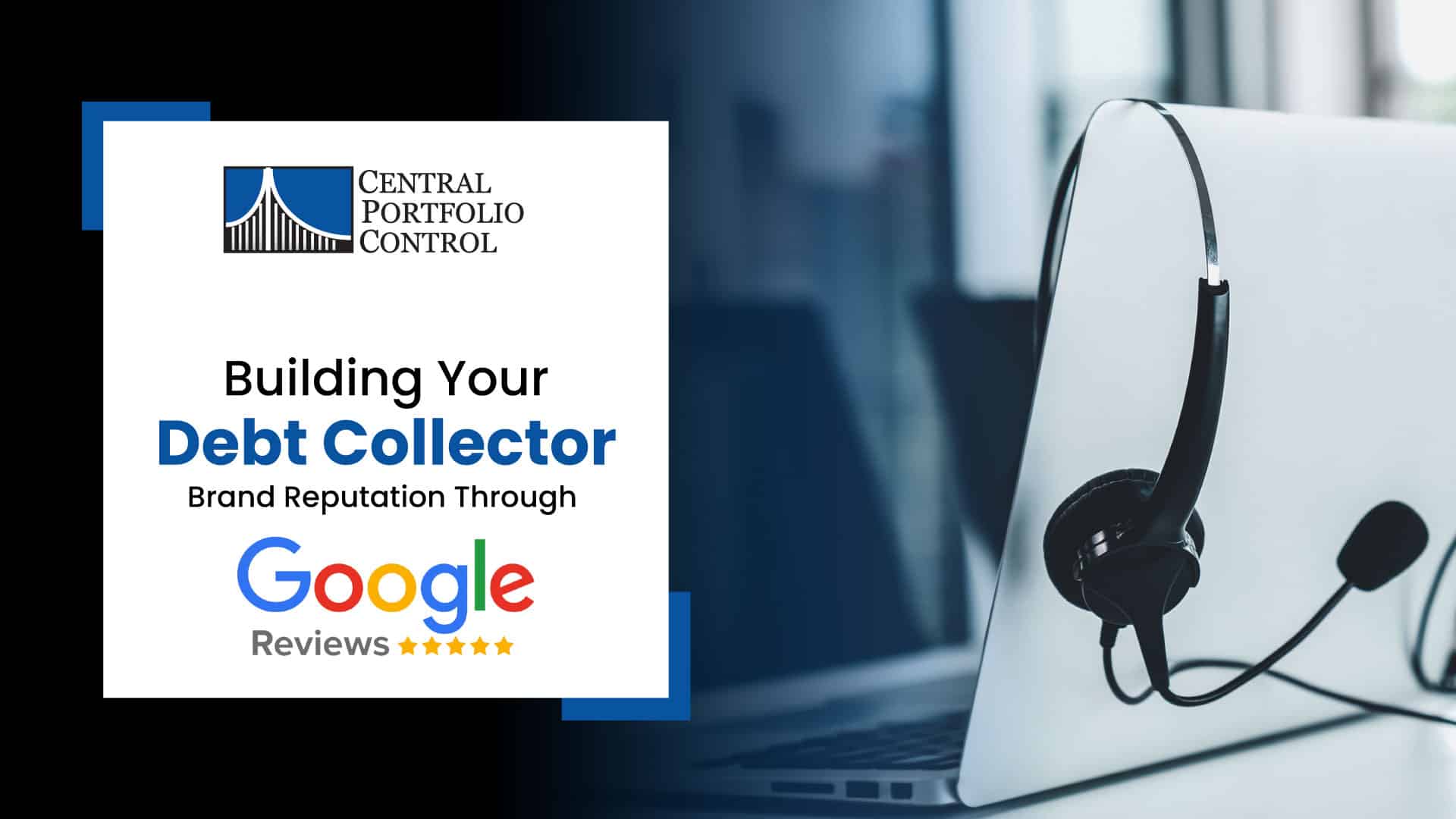
Outbound Phone Calls: To Wind Down or Level Up?
Many would argue that outbound phone calls are quickly becoming a thing of the past. Yet, phone communication still endures as an important option in a multi-channel, data-driven strategy. Research shows consumers prefer the phone channel when it comes to high-value and/or complex issues, and the phone channel is closely tied to a positive customer experience. Additionally for collection agencies, sometimes a phone call is the only viable contact option. So, it’s important not to take steps to wind down the use of the phone, but instead to determine how to best put solutions in place to ensure necessary calls are effective.
As your business continues to adjust to ensure optimized performance, compliance, and consumer care, it is likely worth re-examining telephone communications to see what the challenges are and what type of solutions are available to assist.
The Challenges of Contactability
Regulatory and technology changes, as well as consumer preferences, have all led to a major strategy shift in how businesses approach consumer contact in receivables management.
Regulatory Changes
The traditional approach to reaching consumers has been impacted in significant ways through regulation. A couple of major regulatory waves affecting change in the past few years have included updates to the Telephone Consumer Protection Act (TCPA) which created consequences for calling the wrong people by mistake and pushing agencies to ensure high-quality, accurate data. The “Regulation F” 7-in-7 rule also necessitated scaled back dialing and operational adjustments for many agencies.
Telco Industry Changes
From a Telco perspective, the rise of robocalls and phone scams have forced the Telcos to identify callers who they perceive as bad actors with Tags. With the emergence of carrier spam tags, consumers largely avoid answering phone calls from unidentified phone numbers, especially those that are tagged. Due to overly basic algorithms, carriers have bucketed high volume dialers as spammers (shows as “Likely Spam” on your phone), but legitimate dialers can get caught in those spam tags too.)
Consumer Fear
With call fraud, call spoofing, and robocalls plaguing consumers, it’s no wonder people don’t want to answer the phone. The FTC reported that consumer losses due to fraud continue to show a pattern of increasing, reaching over $10 billion in 2023 — a 14% increase over reported losses in 2022. A previous blog post by TransUnion noted:
“Today, based on our experience, 88% of customers won’t answer thanks to robocalls, call spoofing and fraud . . . That means businesses can’t reach customers — even when critical information needs to be shared. And it’s not just businesses that feel the pinch; nearly 60% of consumers surveyed in a recent TransUnion study said they didn’t answer certain calls because they didn’t recognize the number — only to later realize they were important.”
Crafting a Three-Part Solution
Modernized collection agencies are using a 3-pronged approach to overcome the challenges of carrier filters, anonymity, and consumer fear:
1) registering as a business to overcome spam filters;
2) employing multiple cohesive channels to complement phone outreach; and
3) shifting to a consumer engagement and awareness strategy that builds trust.
Overcoming Spam Tags
The anonymity of outbound calls can be a key challenge for B2C communications, particularly if a legitimate call gets tagged as “Likely Spam.” While collection agencies may have preferred anonymity in the past, we can likely all agree that is no longer a sustainable approach in an era of mobile phones and skeptical consumers. When an outbound call is anonymous, the opportunity for engagement is often lost; most people simply aren’t going to pick up the phone to entertain unidentified calls, and agency dials are limited due to regulations.
So, overcoming the challenge of unknown numbers and spam tags is critical for communication success. Removing these tags on legitimate dials requires registering a business and passing screening protocols. Registering as a business provides caller identification information to carriers and is part of the work to remove incorrect tagging. Carrier competition sometimes impedes collaborative solutions to these challenges, so private solutions are simply a necessity for businesses.
Such solutions do exist, including TransUnion’s Caller Name Optimization (CNO) and Branded Call Display (BCD) solutions. TransUnion, through its acquisition of Neustar, is powering a mobile CallerID solution that removes tags and identifies your name to the party you’re calling on all mobile phones. Identifying your business by adding your business name, and eventually logo and reason for the call, turns anonymous calls into awareness and engagement opportunities. The result is increased engagement and promises-to-pay.
Multi-Channel Communications
In many cases, phone calls are now a fractional part of a multi-channel approach focused more on engagement than persistence. A multi-channel approach helps to provide a cohesive presence across all channels. Email has seen the biggest growth in terms of outbound collection agency communication. Letters, texting and self-service portals have all been added into the mix, enabling a shift in strategy.
Ensuring a cohesive and trustworthy brand across all communication channels includes making sure that phone communications are identifiable and trustworthy. For businesses interested in better engaging consumers and protecting brands as well as customers, it will be important not to allow phone communications to fall behind while pushing forward in other channels.
Trustworthy Consumer Engagement
Boosting trust and clarity across all channels is a boon to consumers as well as to financial services and consumer contact businesses. When BPOs are calling on behalf of 1st parties, for example, branded calling can be used to assist outbound callers in effectively representing brands with confidence and clarity while also reducing consumer fear of potential scams.
TransUnion Solutions for Receivables Businesses
As the industry continues to reshape itself to rise to the challenges of the environment, phone solutions will continue to evolve to provide ways for both consumers and businesses alike to be protected. Solutions by TransUnion add value not just to the caller but to the consumer as well.
Today, Branded Call Display (BCD) better enables enterprises to improve engagement, enhance the customer experience and increase revenue. BCD is part of TransUnion’s Trusted Call Solutions (TCS) suite.
In addition, TransUnion Customer Contact Intelligence solutions like Phone Behavior Intelligence (PBI) help enterprises improve right-party contact and enhance customer engagement through robust identity and predictive insights.
“We’re excited to bring this to market for receivables businesses,” said Mitchell Young, Vice President, Diversified Markets, at TransUnion. “We’ve spent a lot of time researching and understanding what the challenges are and how to solve them. In a recent TransUnion case study about Weltman, Weinberg & Reis Co., LPA, we lay out the benefits they have seen more concretely and specifically, so I’d encourage everyone to check that out.
Per the case study, “Weltman experienced meaningful lifts in answer rates, right-party contacts and promise-to-pay rates while reducing the number of outbound dials.”
To learn more, download the eBook by TransUnion, “Five Reasons to Brand Your Calls”.
About TransUnion
TransUnion is a global information and insights company that makes trust possible in global commerce. The organization does this through a Tru™ picture of each person: an actionable view of each consumer based on a robust set of online, offline, public, and proprietary information, stewarded with care.
TransUnion’s status as a global insights company extends into the collections landscape with its first and third-party collections department. Their recovery teams help improve portfolio performance and recovery through a smarter debt recovery method powered by the Tru platform.







